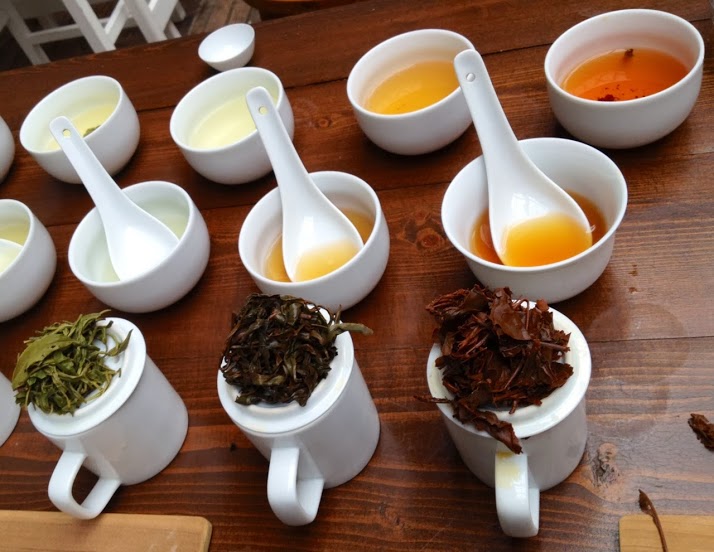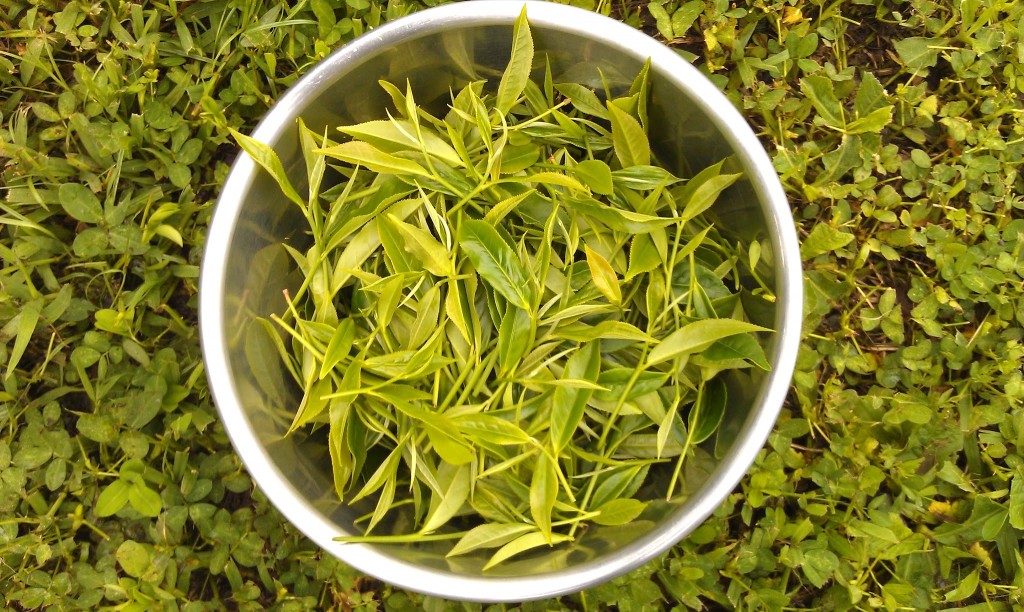What Are The Different Kinds of Tea?
By Tea Lover

What kinds of tea are there?
Keep in mind that using a word like “type” or “kind” can be understood in different ways. These words could mean things like general processing method, in which you get categories of camellia sinensis processing, like:
♦ dark
♦ black
♦ wulong/oolong
♦ yellow
♦ green
♦ white
In other instances type/kind of tea can mean the contents of the tea
♦ herbal: chamomile and peppermint are popular herbal teas. Look out – not all herbal teas are caffeine-free.
♦ blends: English breakfast is a blend. A blend can be any combination of more than one kind of tea ingredient
♦ flavored: jasmine tea is often a single-source green tea that is infused with jasmine flower aroma
♦ combinations of the above: Earl grey tea is usually a blend of black teas flavored with bergamot citrus.
How are teas made?

Creating great teas is a process that requires several areas of expertise. Processing fine teas often includes:
♦ Harvesting: The right tea leaves need to be plucked at the right time. Once the leaves have been plucked, the clock is ticking.
♦ Withering: The moisture level within the leaves needs to be reduced to make a stable product. Sometimes this drying activity is as simple as setting the leaves in Withering also makes the leaves more pliable for shaping.
♦ Shaping: The limp and withered leaves have more flexibility and can be shaped. Some tea leaves get twisted or rolled. Shaping of the leaves can affect the appearance and steeping qualities of the tea.
♦ Firing/finishing: Depending on the type of tea being produced, firing may be done at various points during processing to halt the oxidation process. Firing adds distinctive flavor characteristics to the tea. Finishing, as the word suggests, is the final step in removing moisture and creating a final product. Both finishing and firing involve a direct or indirect heat source.
♦ Other processes: Some teas, like dark teas and yellow teas may include further processing of the leaves. After tea leaves are dried, they can be blended with other teas and herbs, or other flavoring added.
See also: What should it taste like?
